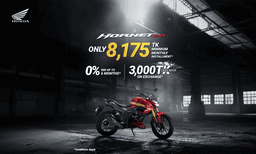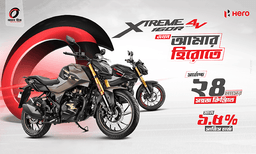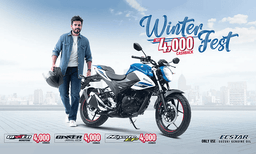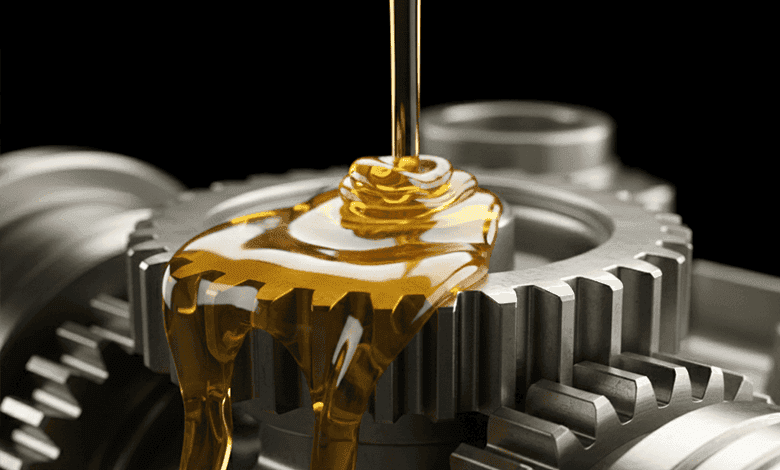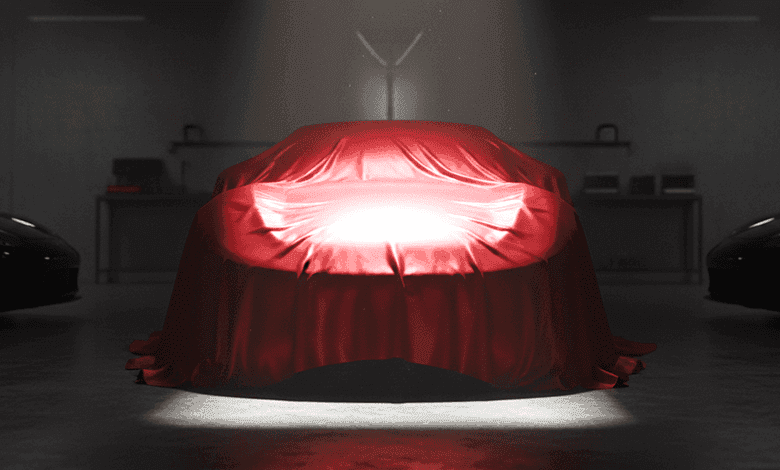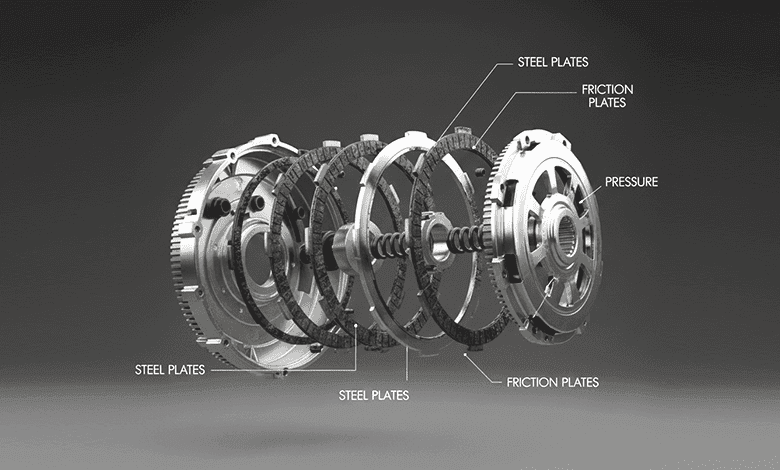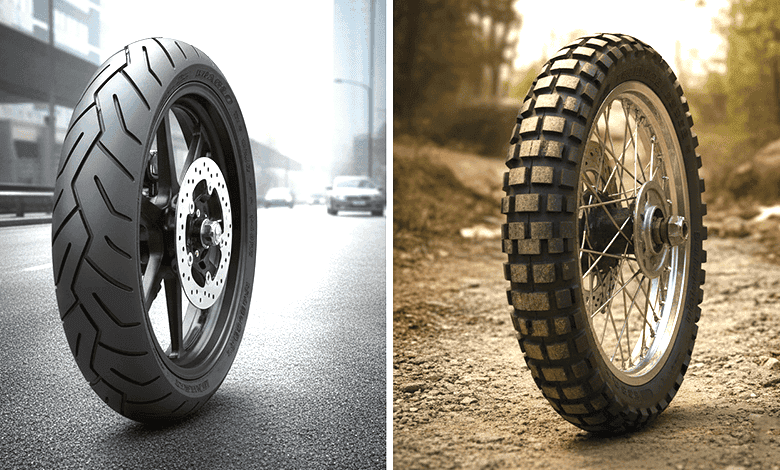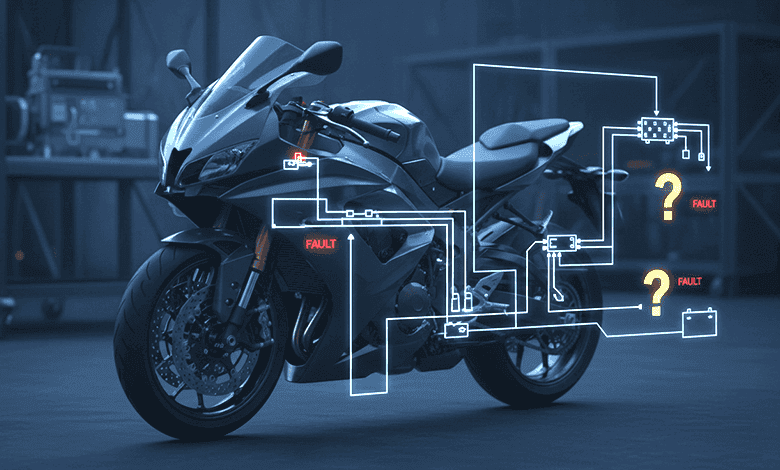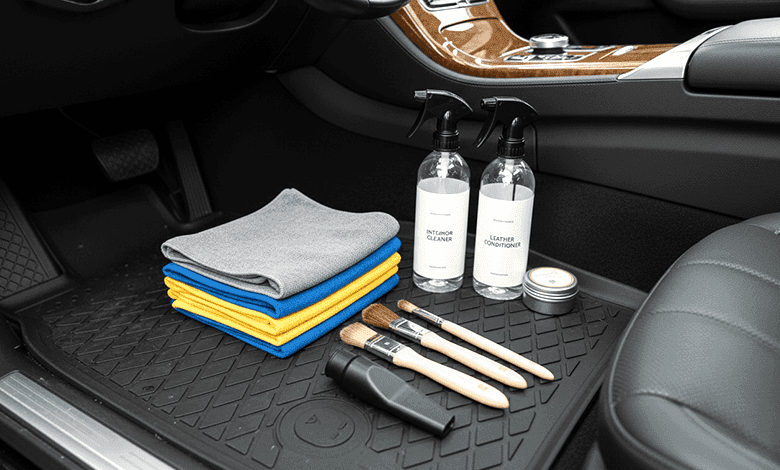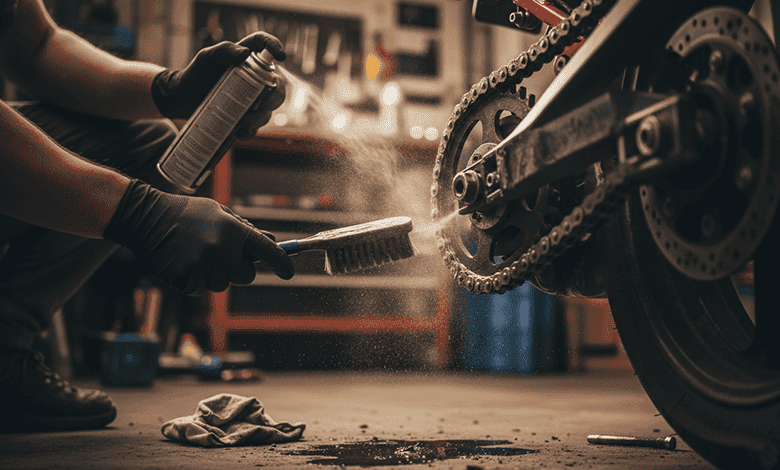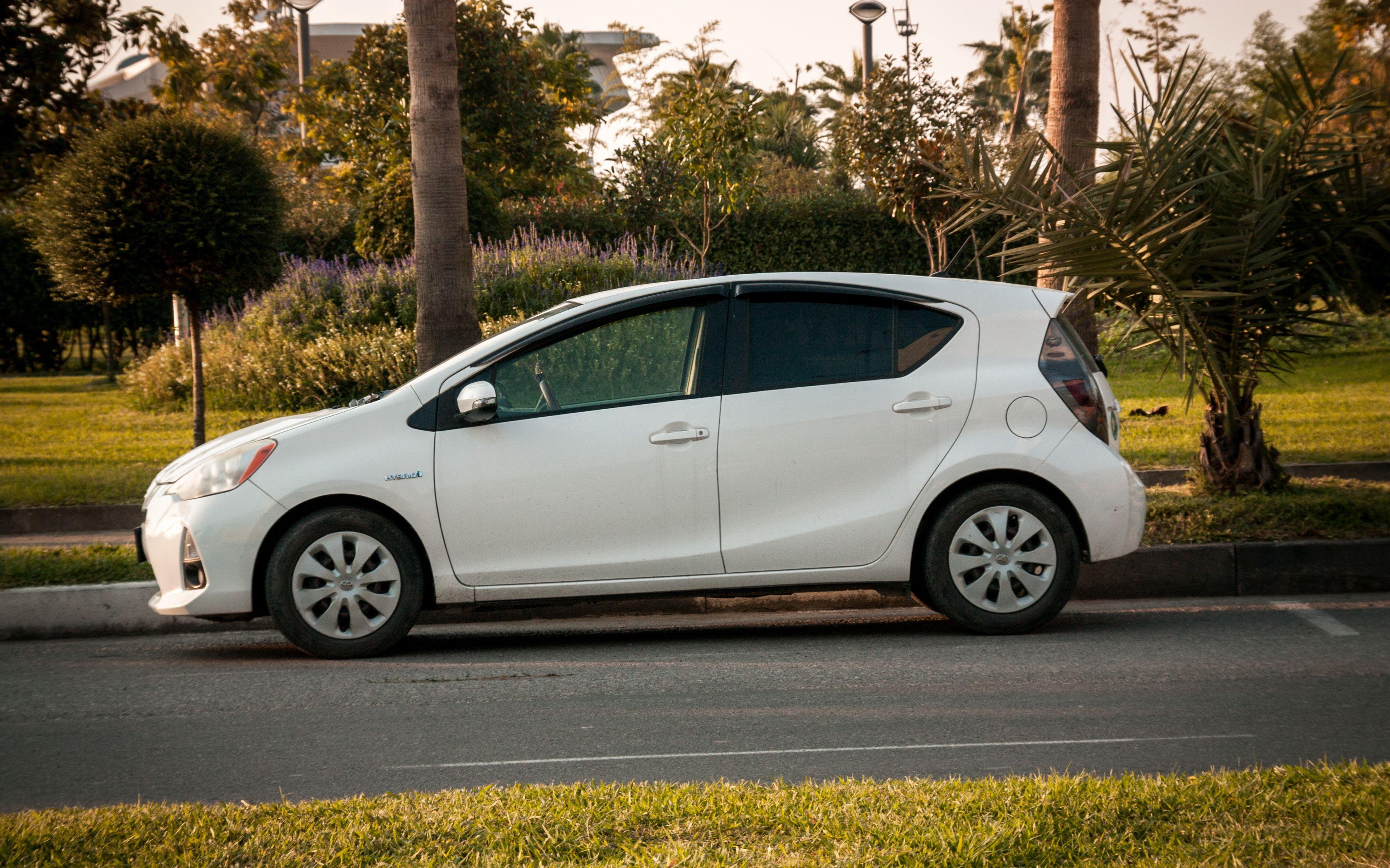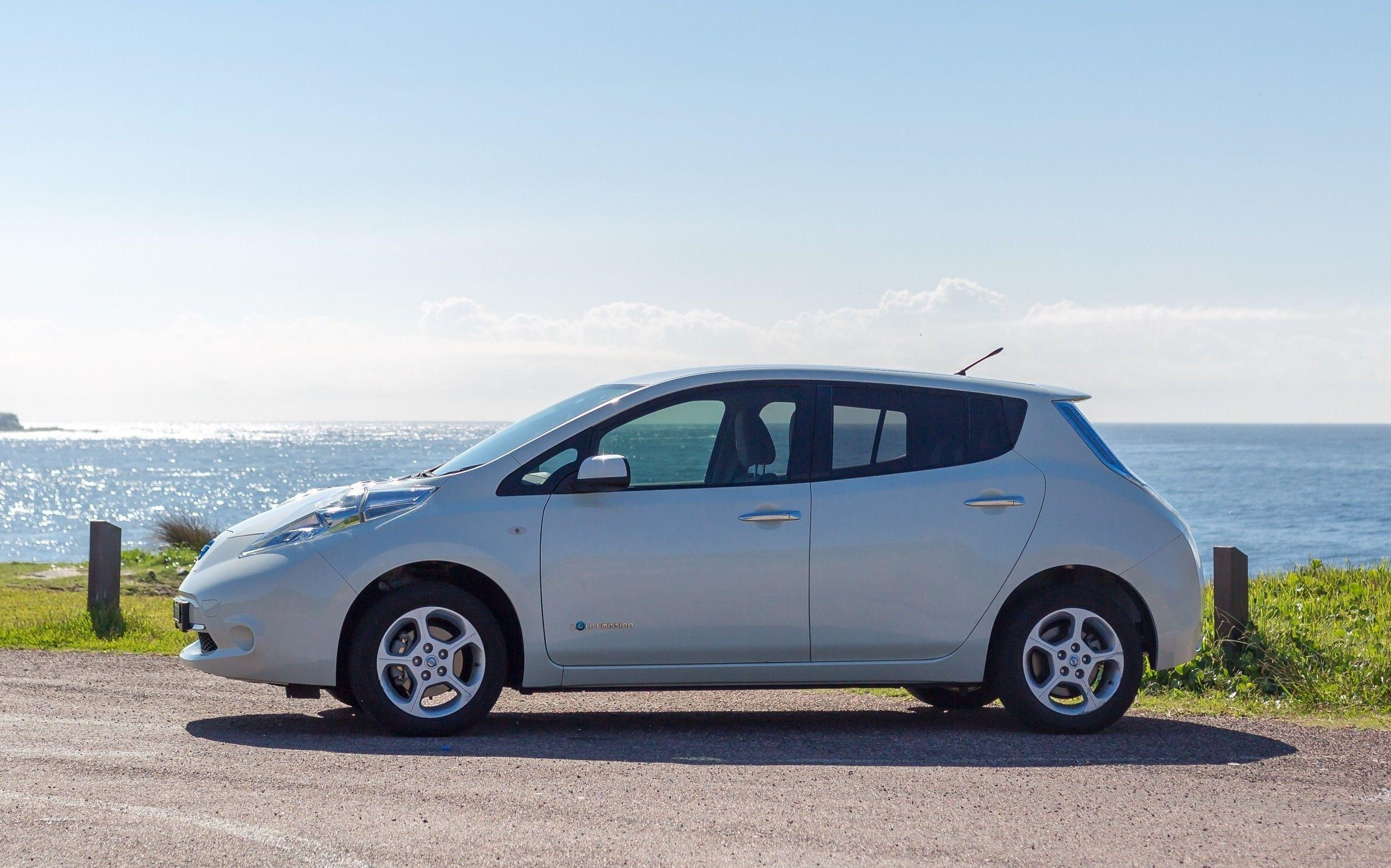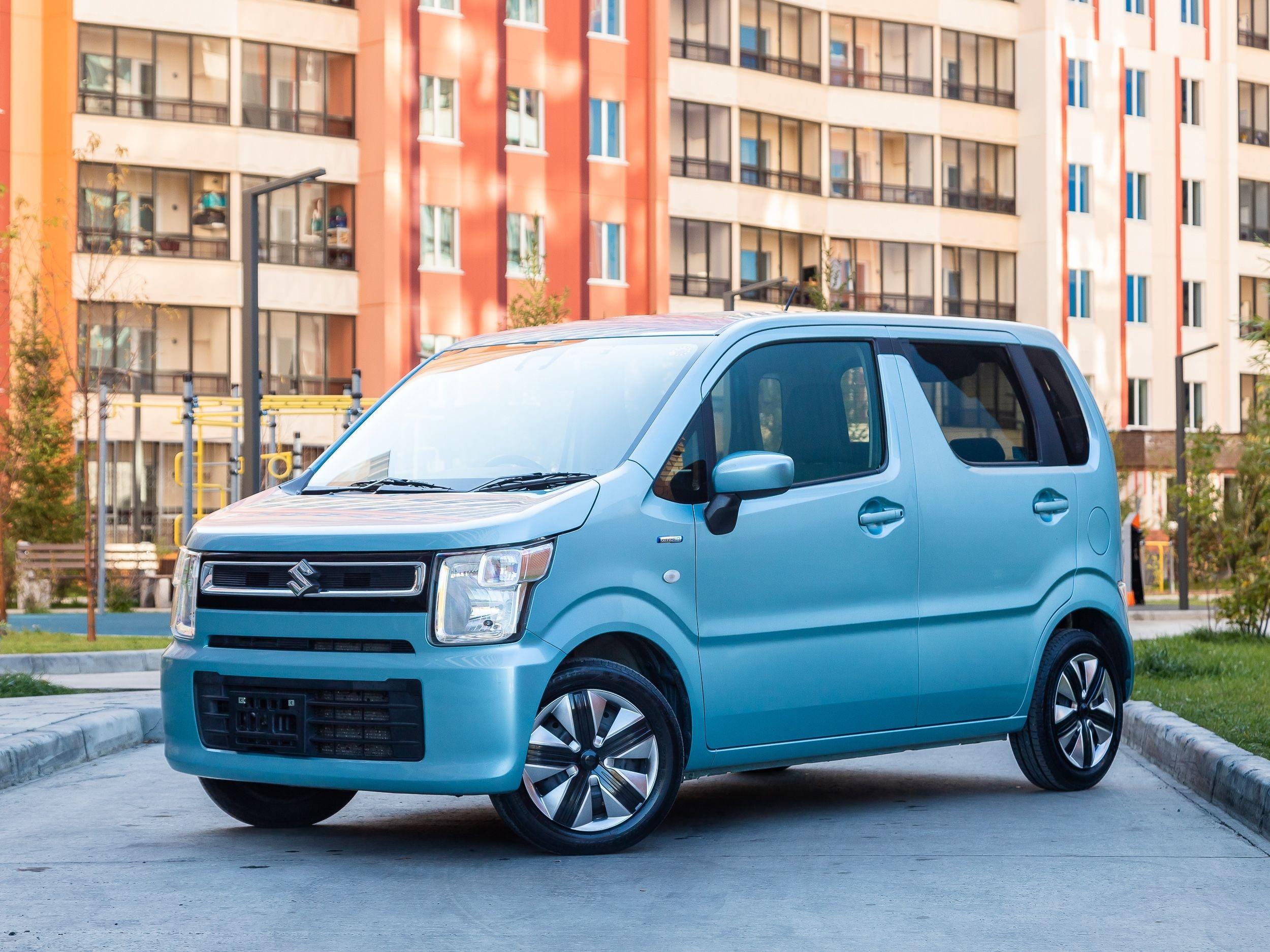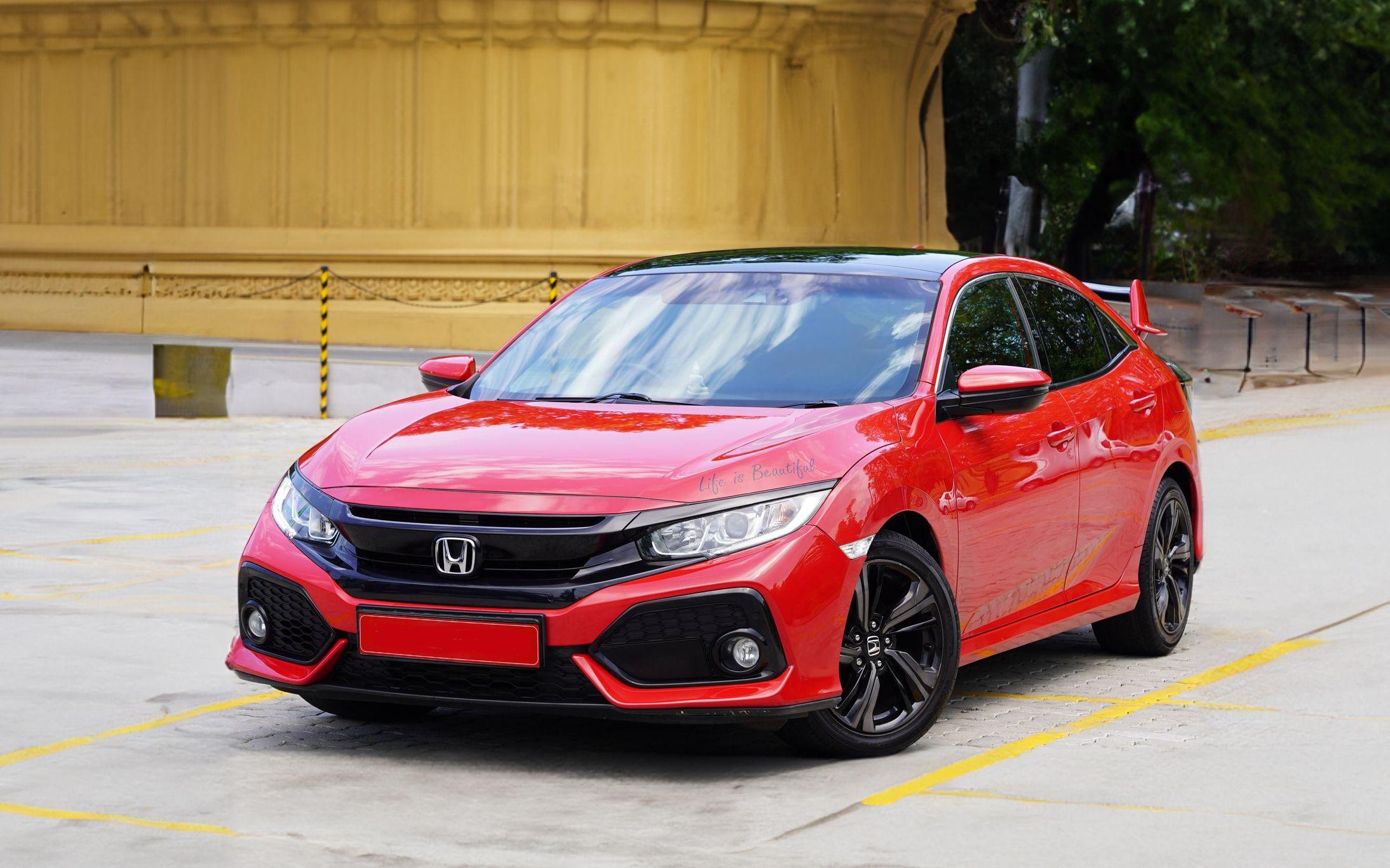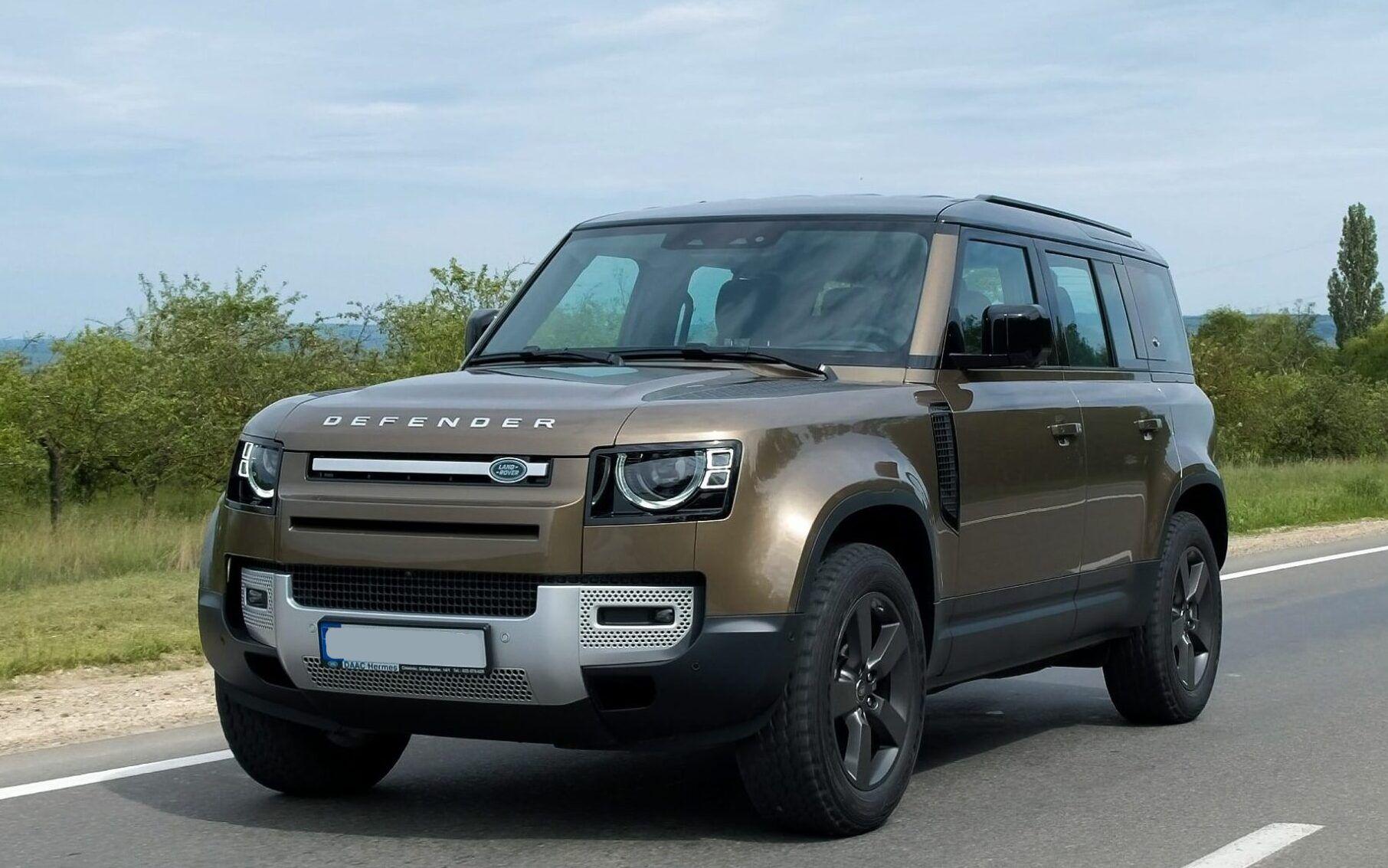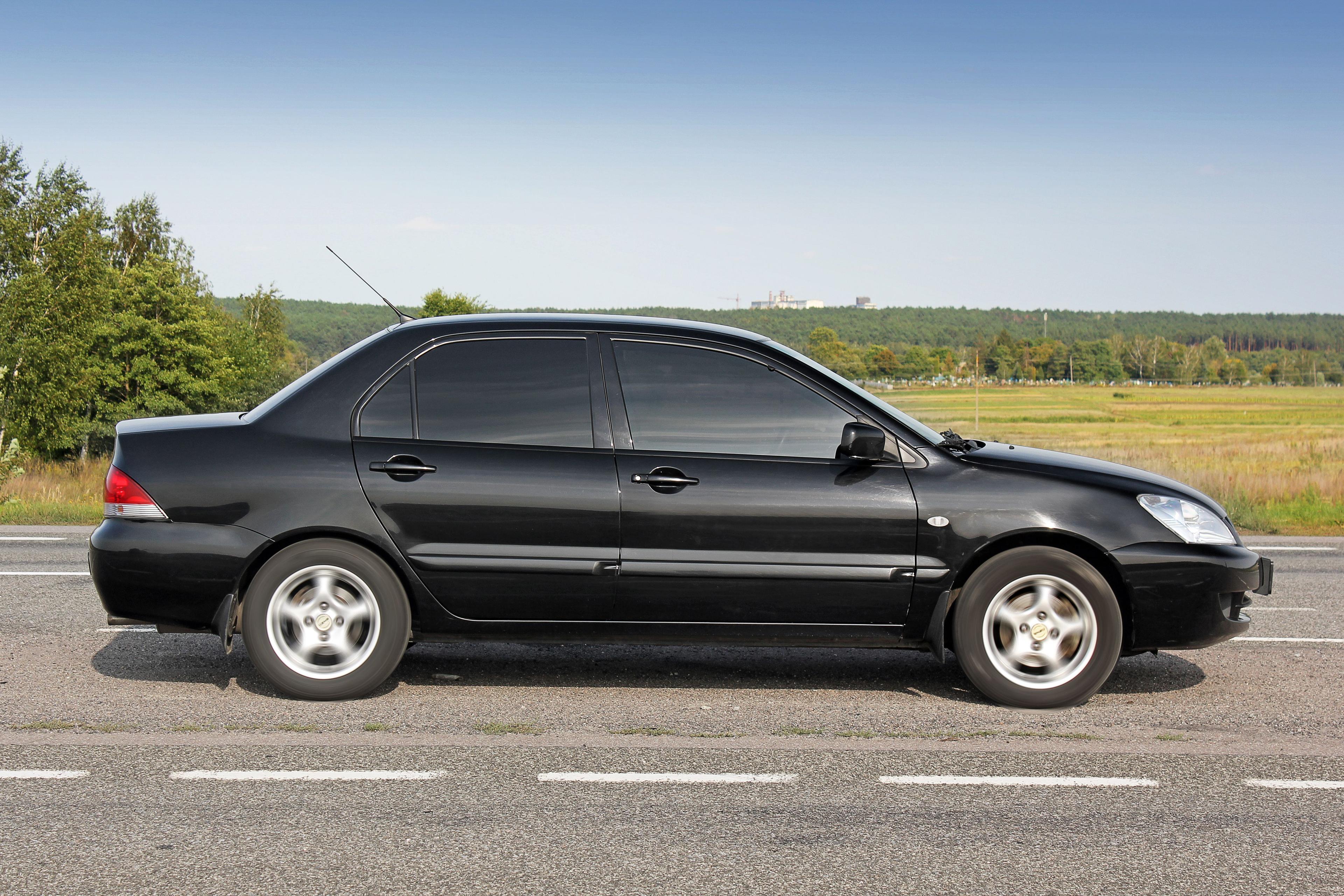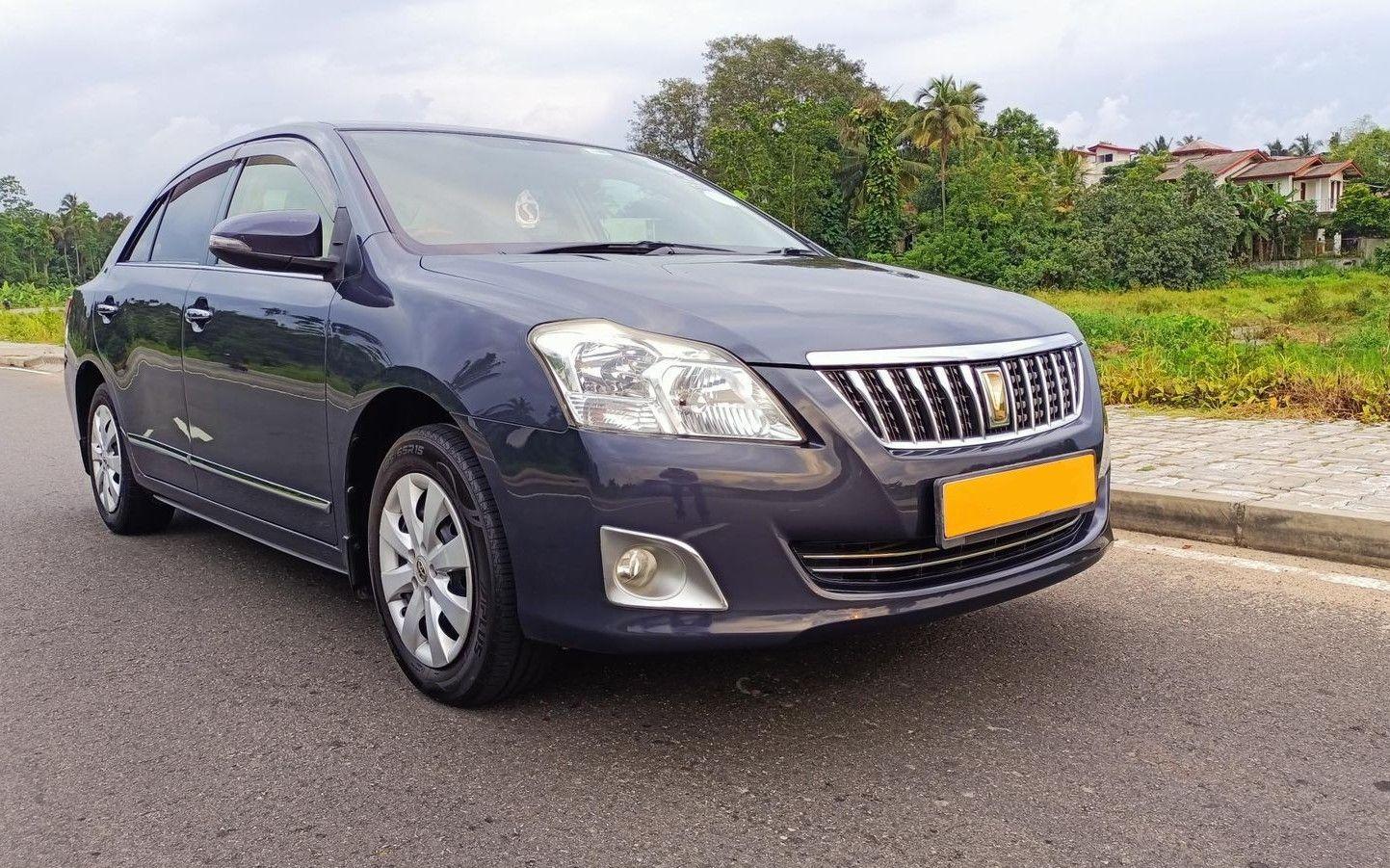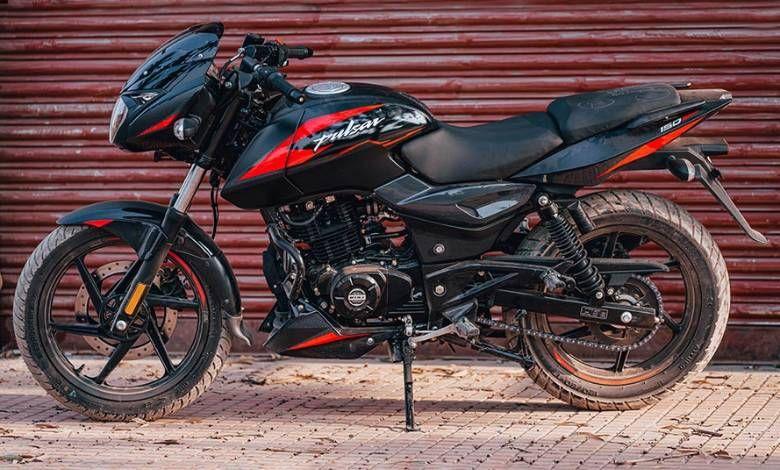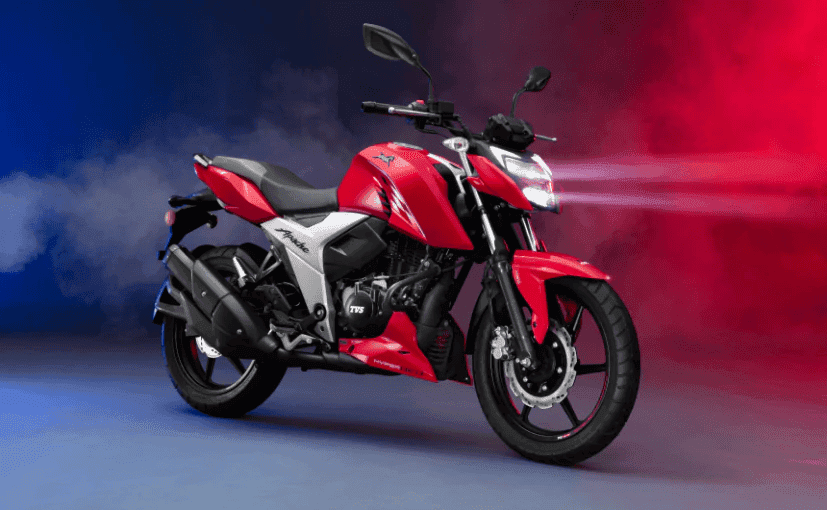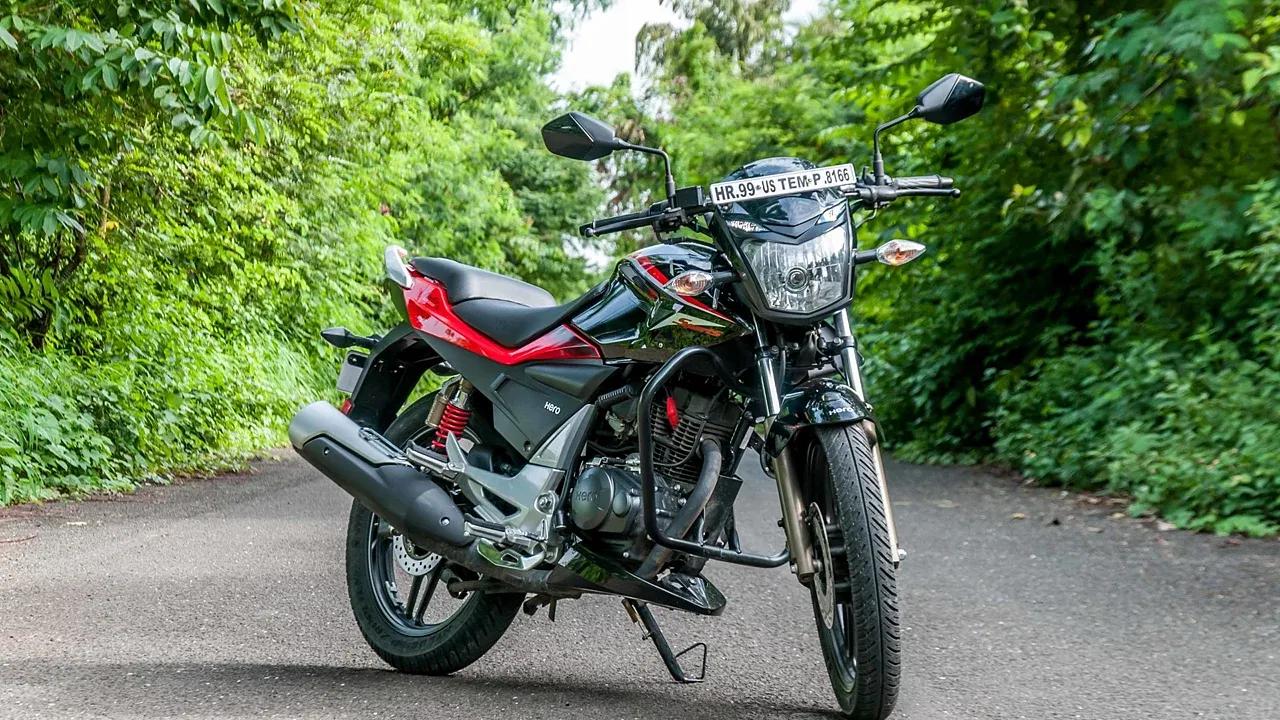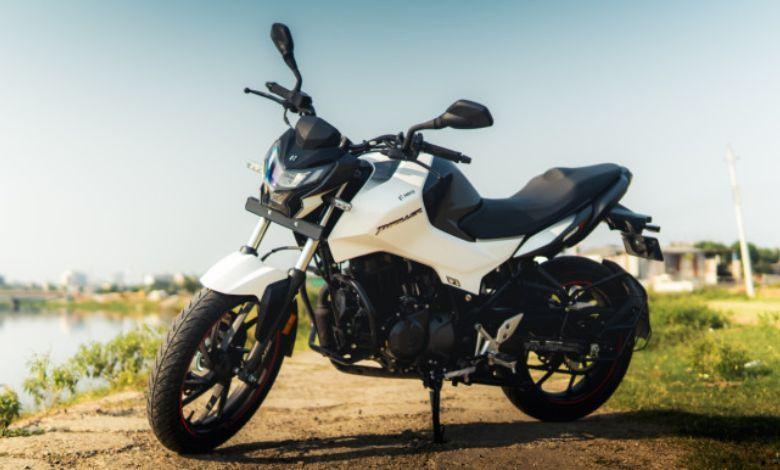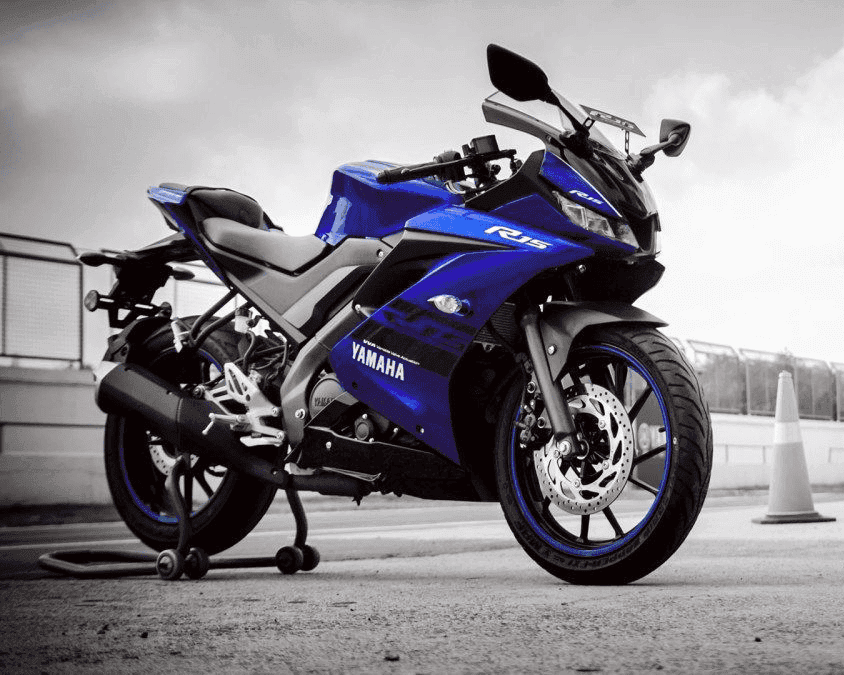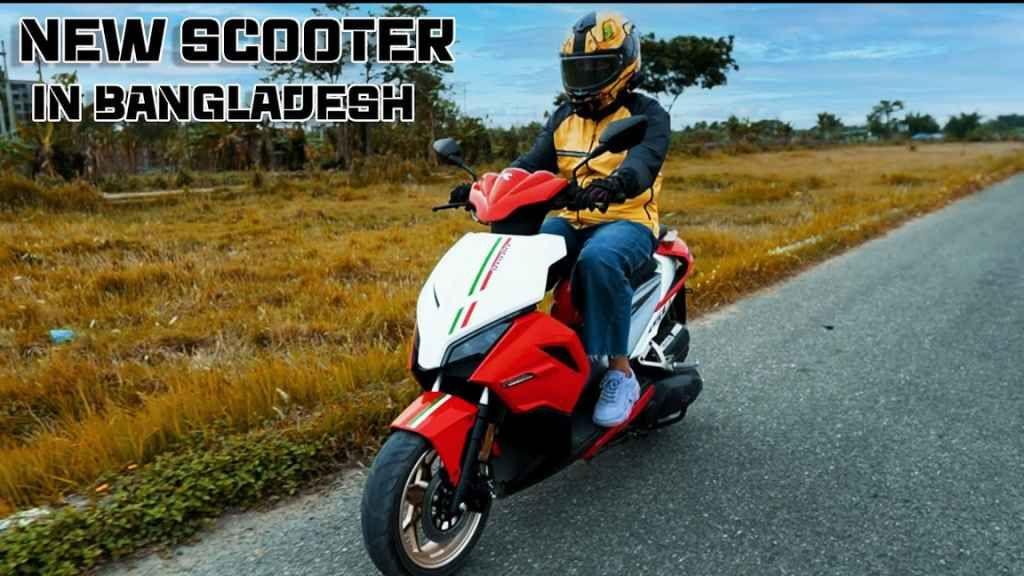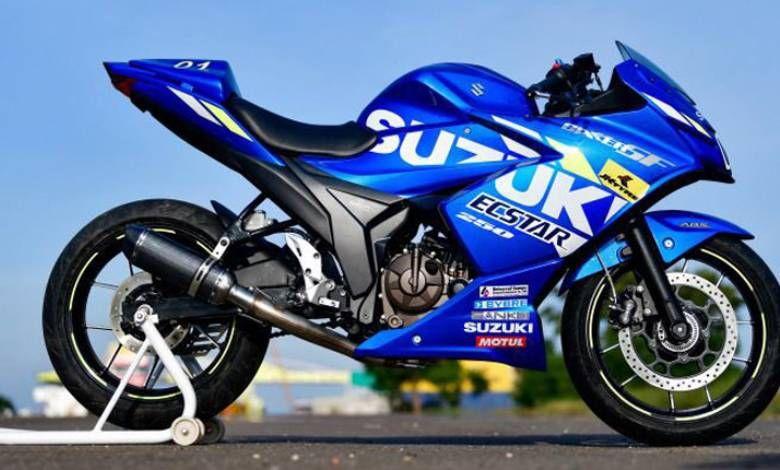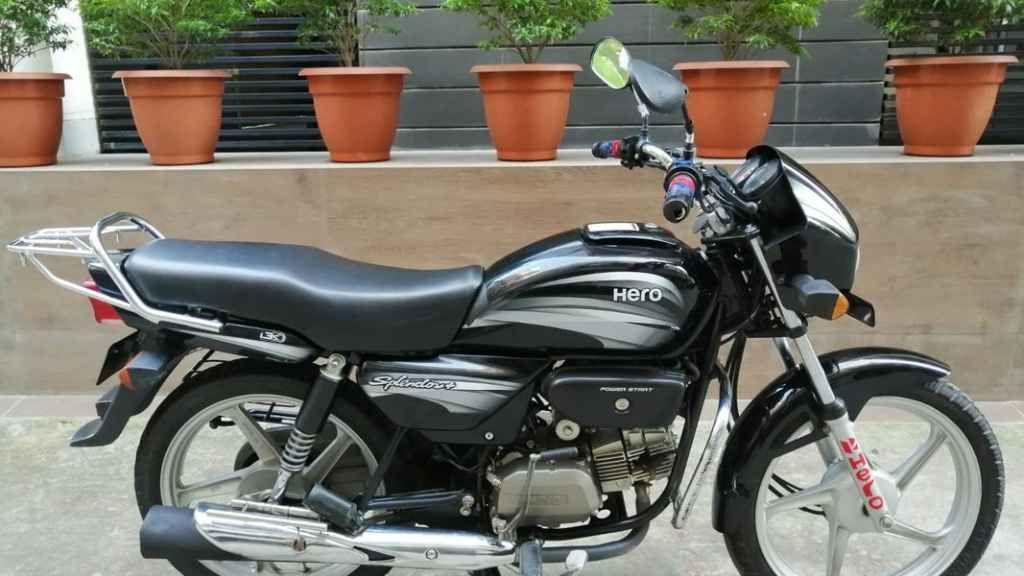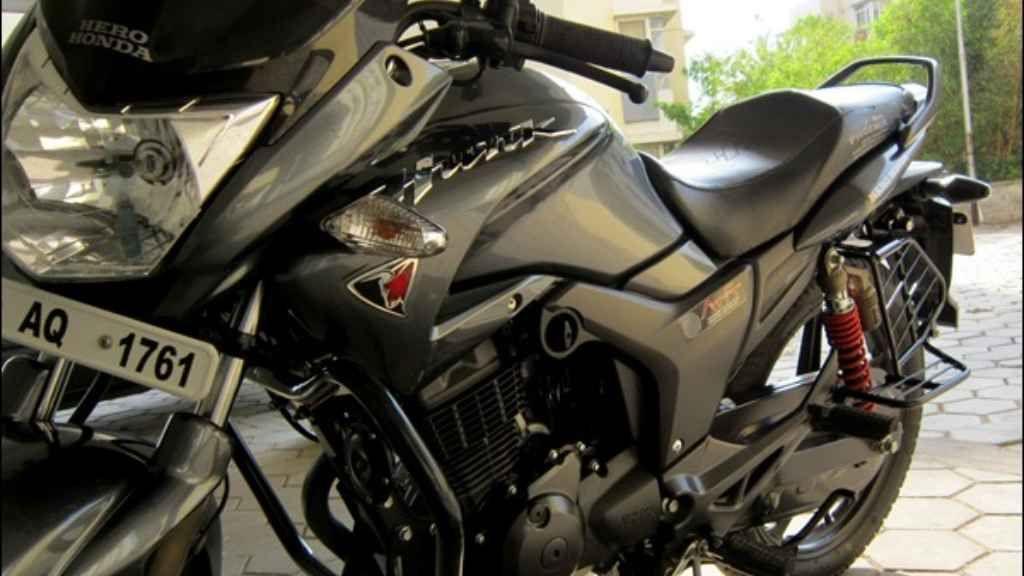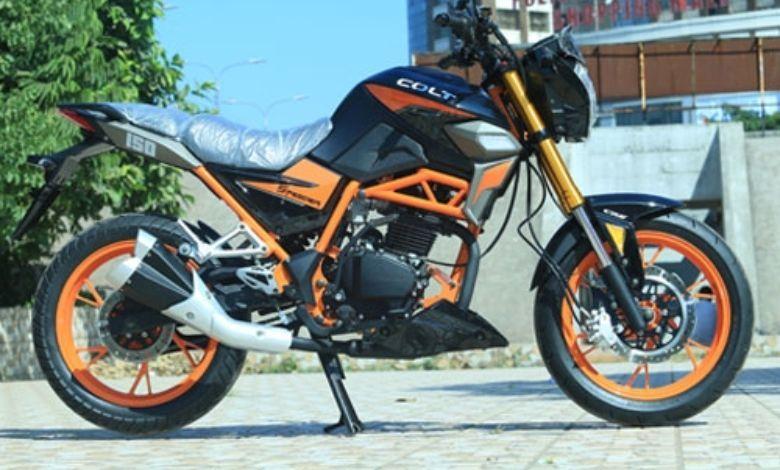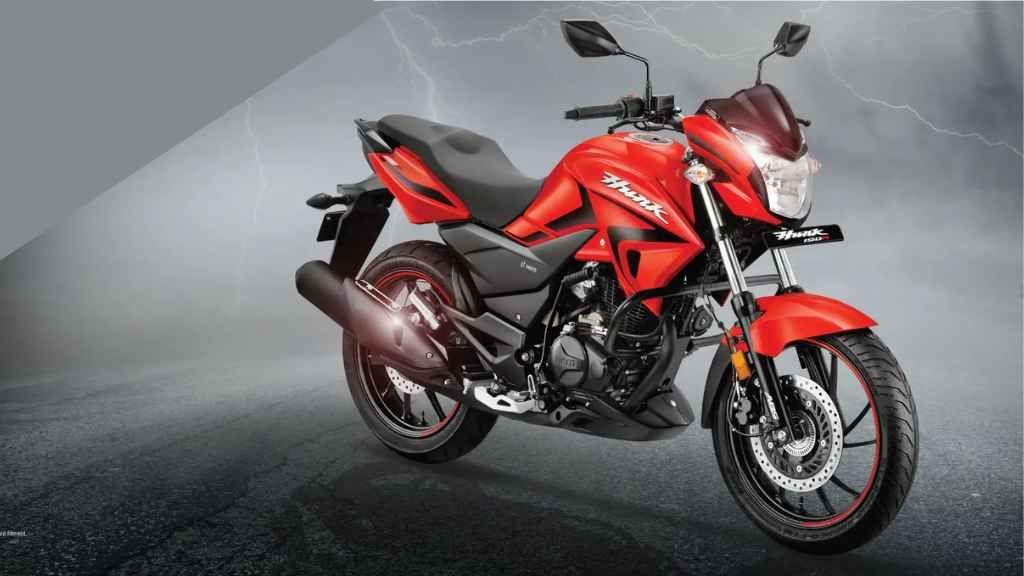Motorcycle Gear-Shifting Rules You Must Follow
Motorcycle Gears
Motorcycle gears are an important part of motorcycle riding. The correct use of motorcycle gears, along with the throttle, is crucial for increasing or decreasing the motorcycle's speed. The method of changing motorcycle gears varies from bike to bike; some bikes have gears below (front gear), some above (rear gear), and some have a combination of both. New motorcycle riders often face several problems initially because many tasks need to be performed simultaneously while riding. Changing motorcycle gears is one of these problems. This task seems quite difficult in the beginning, but after having a clear understanding and practicing the correct use of motorcycle gears, it will seem quite easy.
Rules for Changing Motorcycle Gears
Basic Concepts:
To understand motorcycle gears, we first need to know some basic things. Knowing these will make changing motorcycle gears much easier for you. Throttle: The motorcycle engine is started with the help of the throttle. Clutch: When the clutch is released slowly, the bike starts moving, and when held, the bike's engine does not perform any work. Gear Shifter: Using the gear shifter, you can decrease or increase the motorcycle's gear according to your choice. Motorcycle Gear Lever: We primarily see two types of gear levers. The first type has a system where you can press with your foot both forward and backward. This type of lever is commonly used in commuter bikes. A significant advantage of this is that it doesn't leave any marks on shoes. The other type allows pressing only forward, and to shift gears upwards, you have to place your shoe under the gear lever and press upwards. This type of gear is commonly seen in sports bikes. A disadvantage of this is that it can leave marks on shoes.
Gear Shifting Pattern
- 6th Gear (if available)
- 5th Gear
- 4th Gear
- 3rd Gear
- 2nd Gear
- Neutral
- 1st Gear
Rules for Changing to First Gear
- Pull the bike's clutch towards yourself. Regardless of the current gear, change the motorcycle gear. Engage the throttle to provide power for the engine to move forward. Gradually release the clutch. Release both the throttle and clutch slowly. Ensure both actions happen simultaneously. This will cause the bike to move forward slowly.
- When the bike starts moving, increase the throttle to gain speed, and as soon as the bike makes excessive noise, shift to 2nd gear. Do not try to change the motorcycle gear too quickly or too late.
- If you apply too much throttle or release the clutch all at once during this process, there is a possibility that the bike's engine will make a bad sound and shut off. It is very important to learn how to throttle up and release the clutch simultaneously.
Rules for Changing Subsequent Gears
- After the first gear, there are no specific rules for changing subsequent gears. This must be done by feel and understanding. When the engine noise becomes excessive, gradually change the motorcycle gear. Each gear has a specific point. Beyond this point, even if you increase the bike's pickup, the bike remains in that gear, cannot achieve higher speed, or the engine cannot produce more power or torque.
- If the motorcycle's gear reaches that level, you must change the bike's gear. If you still don't change the gear, it will cause damage to your bike's internal components. In this case, you must understand in advance when this engine level is reached, which is when the engine can no longer produce power even after accelerating.
- However, changing gears too quickly is not correct. This can reduce engine performance. If you change the motorcycle gear long before the engine reaches its maximum level, eventually, severe damage to the engine may occur. Therefore, gears must be changed at the appropriate time. This requires repeated practice.
Techniques for Easy Gear Shifting
Almost all bikers face problems when shifting gears for the first time. Most of the time, the bike stalls due to quickly releasing the clutch. If you continuously increase the throttle, the motorcycle's front wheel might lift, causing the bike to jerk strongly. Therefore, when changing motorcycle gears, always release the clutch and throttle simultaneously. For this, you will need sufficient practice, and gradually it will become a habit.
Rules for Downshifting
When downshifting motorcycle gears, first press the clutch and then shift to the desired gear. At this time, ensure that the throttle amount is also reduced according to the gear; apply only as much throttle as is maximally needed for the gear you are shifting into, no more, no less. Then, slowly release the clutch. However, do not brake while holding the clutch in. This is because when the bike goes into a lower gear, the engine speed naturally adjusts to that gear level, creating an automatic braking effect, also known as engine braking.
Using Motorcycle Gears While Parking the Bike
- When parking the bike, put it in neutral (No Gear). This is because if the bike is in any gear, it might suddenly jump. Therefore, it is better to park the bike in neutral.
- After that, place the bike nicely where you intend to park it. Then, shift it into 1st gear. This way, there will be no option for the bike's wheels to move, and there will be no fear of the bike falling over.
Conclusion
Different types of gear systems are seen on different bikes. If you are familiar with and understand all types of gear systems, you will not get nervous when riding a new bike or a friend's bike, and you will be able to confidently ride any bike in an emergency. If you read and understand the above discussion well, I hope you will be able to change motorcycle gears very easily. However, just knowing is not enough; you must also practice consistently. Through practice, you will easily become accustomed to changing gears. Conquer your fear, and ride with an open mind.

